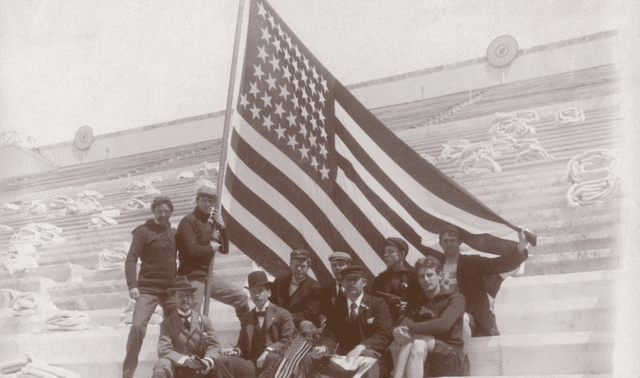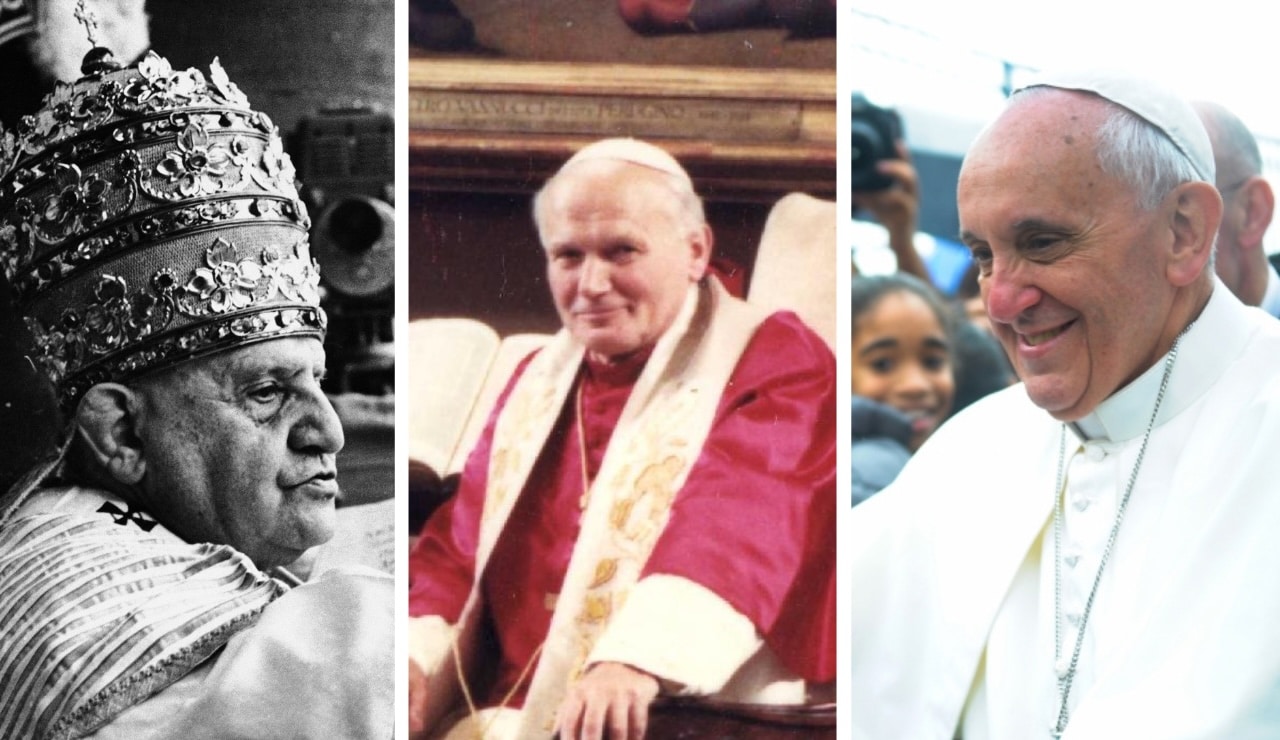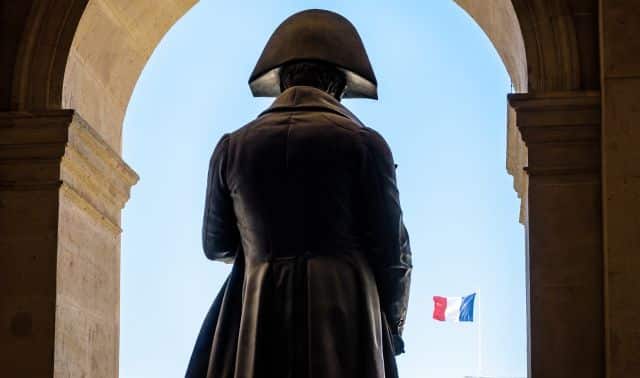When we think of our ancestors’ summertime activities, we typically envision an ol’ swimmin’ hole, Tom and Huck style. Yet folks have been making a splash in swimming pools for centuries—indoors and out. From the 1830s to the early 20th century, our ancestors witnessed the popularization of swimming as a sport and pools as the places to practice it.
Still Waters
Man-made swimming pools date at least to the third millennium BC, when the Indus Valley city-settlement of Mohenjo-daro, in present-day Pakistan, built a great public bath. Lined with tar against leaking, the pool measured 40×23 feet, with a depth of almost eight feet. Later, in the fourth century BC, the Sri Lankan kingdom of Anuradhapura constructed a pair of elaborately decorated pools—Kuttam Pokuna—that were the talk of the ancient world.
Ancient Greeks and Romans also built artificial pools and even artificial lakes big enough for nautical training and military exercises. Plato considered swimming as one of the elements of a complete education. Wealthy Romans’ swimming pools doubled as fish ponds, so the Latin word for pool—piscina—derives from the word for fish. A Roman aristocrat, Gaius Maecenas, is credited with building the first heated swimming pool, in the first century BC.
Swimming-pool construction soon took a back seat to surviving plagues and barbarian hordes, and didn’t make a comeback until the 19th century. The Temple Cowley pool was part of a British boom that also saw a half-dozen indoor pools, complete with diving boards, constructed in London by 1837. Swimmers commingled with public-bath patrons, and soon swimming was as popular as frequenting the baths.
Swimming clubs sprang up to give poolgoers an edge. England’s Amateur Swimming Association was founded in 1869; it remains the nation’s governing body for open-water and synchronized swimming, diving and water polo.
The 1896 revival of the Olympic Games in Athens further fueled the swimming wave, although the inaugural swimming competition was held in the Aegean Sea in the Bay of Zea. The advantages of a pool for future swimming Olympians swiftly became obvious: 1896 Gold medalist Alfred Hoyos Guttman had to contend with frigid water and waves up to 12 feet high.
On the US side of the Atlantic, “swimmin’ holes” began to give way to swimming pools in the early 20th century. The Racquet Club of Philadelphia boasted one of the first modern aboveground swimming pools, built in 1907. (That same year also saw the first swimming pool aboard an ocean liner, on the White Star Line’s Adriatic.)
Deep Eddy Pool in Austin, Texas, was one of the earliest concrete pools, built in 1915 beside a traditional swimmin’ hole where a boulder formed an eddy in the Colorado River. Developed by A.J. Eilers, Deep Eddy Pool became the centerpiece of a resort with a water slide, a zip line across the pool and a 50-foot diving platform—occasionally used by a horse and rider in performances. Two weeks after the city of Austin bought the pool and its bathhouse in 1935, a massive, muddy flood obliterated both. The Works Progress Administration rebuilt Deep Eddy, which today is on the National Register of Historic Places and is the subject of the song “Deep Eddy Blues” by Texas musician Jimmie Dale Gilmore.
Municipal pools, such as St. Louis’ sprawling Fairground Park Pool (built in 1915), beckoned swimmers with resort-like facilities, including artificial beaches. San Francisco’s Fleishhacker Pool, America’s largest at the time of its construction in 1925, was so big that lifeguards patrolled the waters in kayaks. A 1933 survey of Americans’ leisure activities found swimming as popular as going to the movies.
As historian Jeff Wiltse chronicles in Contested Waters: A Social History of Swimming Pools in America (University of North Carolina Press, $29.95), the dynamic of public swimming changed when pools became family leisure destinations. Formerly places where whites, blacks and immigrants mingled (but not men and women, who swam on separate days), municipal pools became bastions of segregation. Although the genders now mixed—in increasingly racy swimwear—the prospect of black men swimming with white women raised racial fears.
“A second social transformation occurred at municipal swimming pools after mid-century,” Wiltse writes. “Black Americans challenged segregation by repeatedly seeking admission to whites-only pools and by filing lawsuits against their cities.”

Meanwhile, movies such as Esther Williams’ Million Dollar Mermaid (1952) and Jupiter’s Darling (1955) glamorized swimming and gave Americans the idea that they could have their own pools at home, just like in Hollywood. California’s Swan Pools installed 50,000 home pools from 1954 to 2004.
Not to be outdone, public pools have reached new lengths and depths. In 1985, West Edmonton Mall in Canada unveiled North America’s largest indoor waterpark, more than five acres, with what was then the world’s largest indoor wave pool—a title since taken by the Kuala Lumpur Water Park in Malaysia.
NASA opened the world’s largest indoor pool in 1997, the 6.2-million-gallon Neutral Buoyancy Laboratory in Houston, designed for spaceflight simulation rather than swimming. The 108-foot-deep Nemo 33 in Brussels, Belgium, currently the world’s deepest pool, opened in 2004. And in 2006, the 20-acre San Alfonso del Mar in Algarrobo, Chile, became the world’s biggest “swimmin’ hole”—so far.
Pool Party
Dive into these resources to learn more about swimming pool history:
Contested Waters: A Social History of Swimming Pools in America by Jeff Wiltse (University of North Carolina Press, $29.95)
Deep Eddy Pool, 401 Deep Eddy Drive, Austin, TX 78703
International Swimming Hall of Fame
1 Hall of Fame Drive, Fort Lauderdale, FL 33316, (954) 462-6536
n The Springboard in the Pond: An Intimate History of the Swimming
Pool by Thomas A.P. van Leeuwen (MIT Press, $40)

Water Log
1837 London has six indoor pools
1839 Temple Cowley pool opens in Oxford
1869 Amateur Swimming Association is founded in England
1907 Racquet Club of Philadelphia opens an aboveground pool
1915 A.J. Eilers builds Deep Eddy in Austin, Texas
1924 Future “Tarzan” Johnny Weissmuller wins the first of five Olympic medals
1925 150,000-square-foot Fleishhacker Pool opens in San Francisco
1933 White House pool is built for FDR
1943 The first two piece bathing suits emerge as a result of war rationing
1949 Race riot ensues when blacks are allowed in St. Louis’ Fairground Park Pool
1952 Esther Williams stars in Million Dollar Mermaid
1956 National Spa & Pool Institute is founded
1972 Mark Spitz wins seven gold medals in Munich Olympics
2008 Michael Phelps wins a record eight Olympic gold medals
2016 Multiple records in swimming are broken in the Rio summer Olympics
Originally posted in 2009; article updated June 2017.




